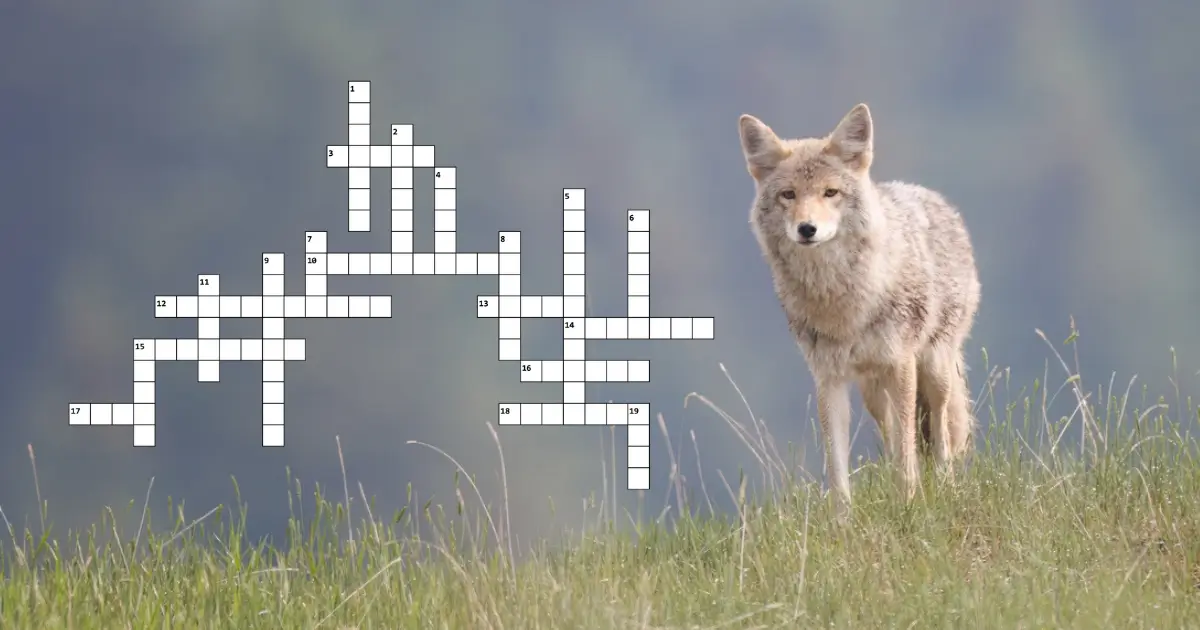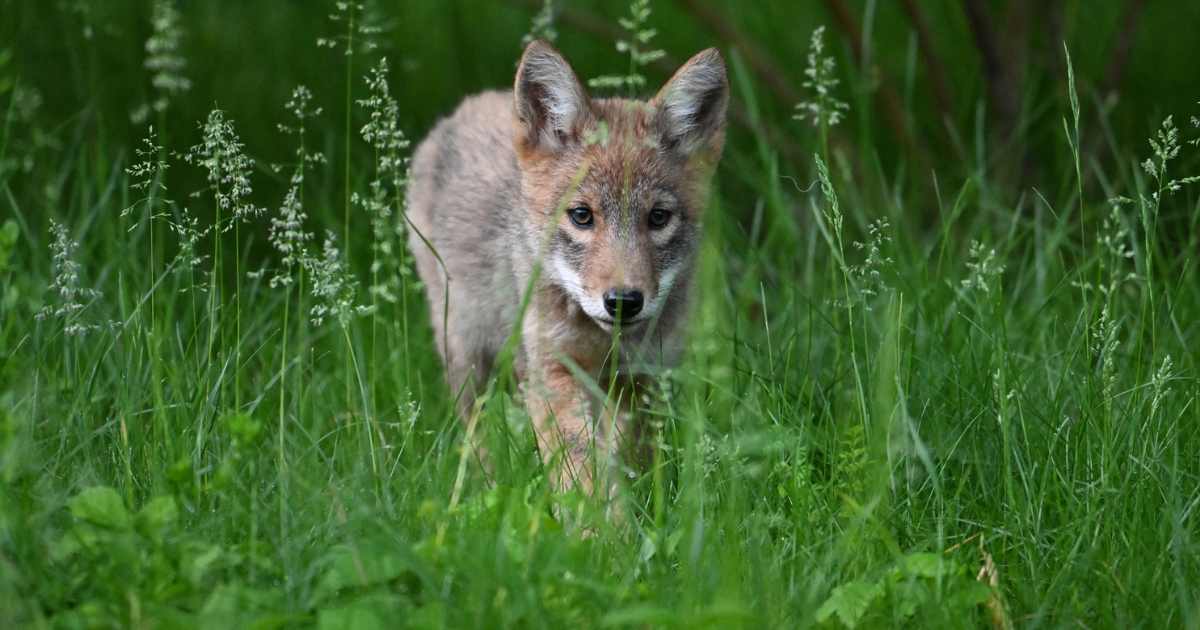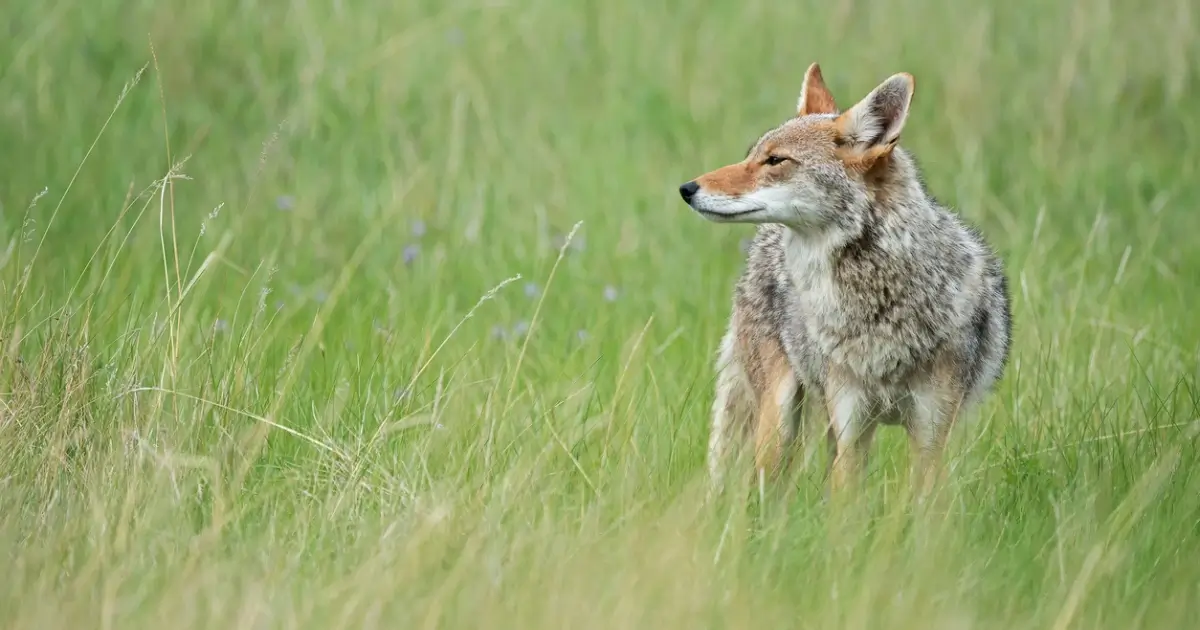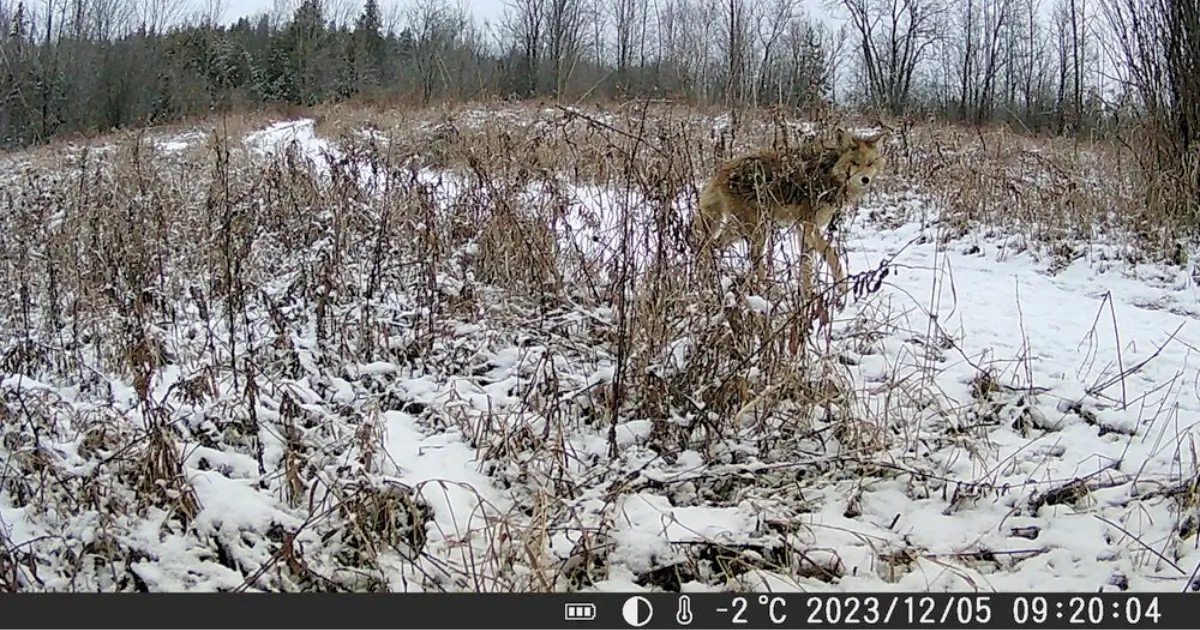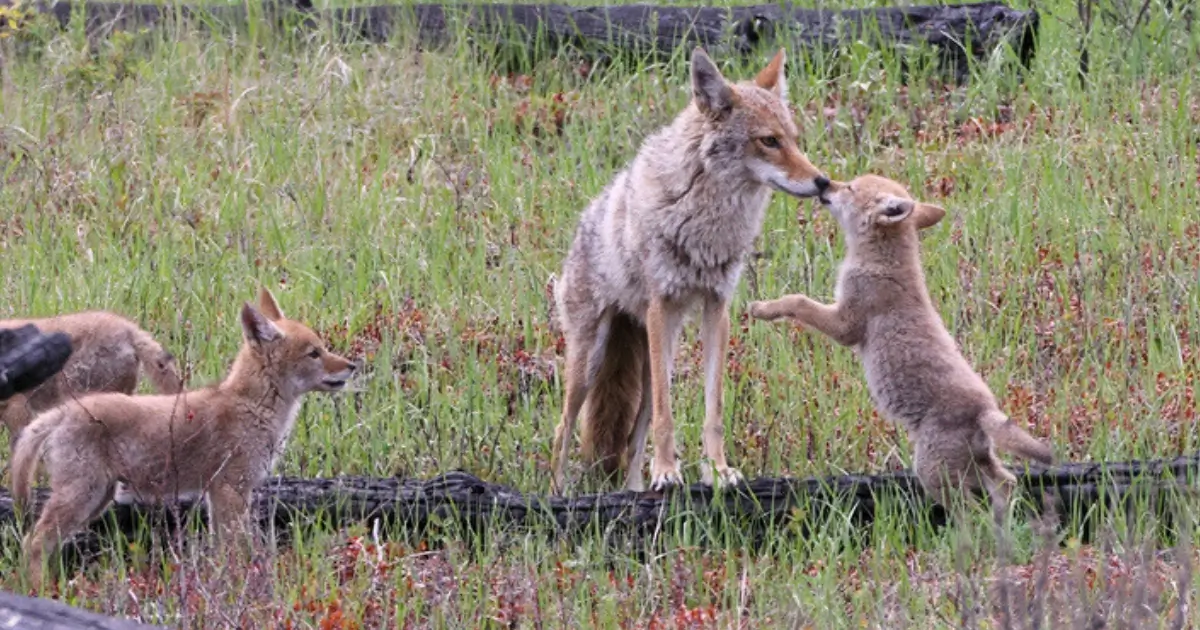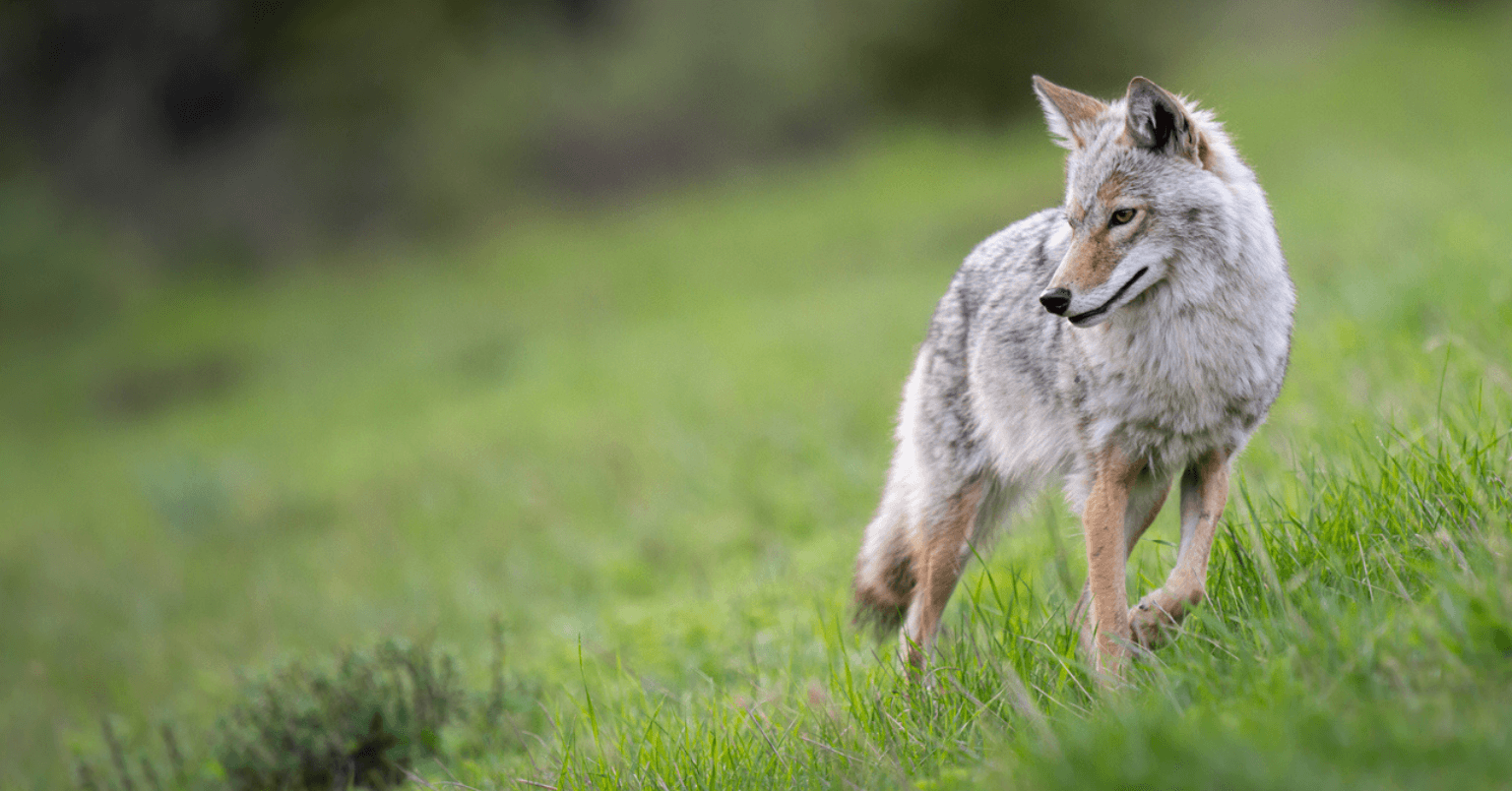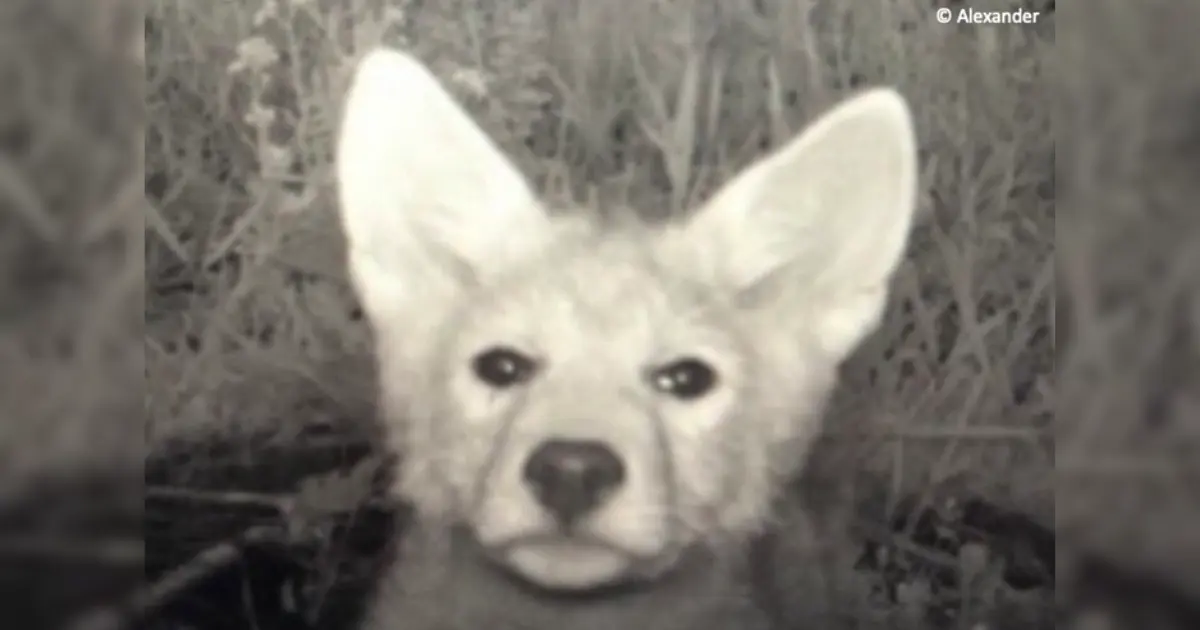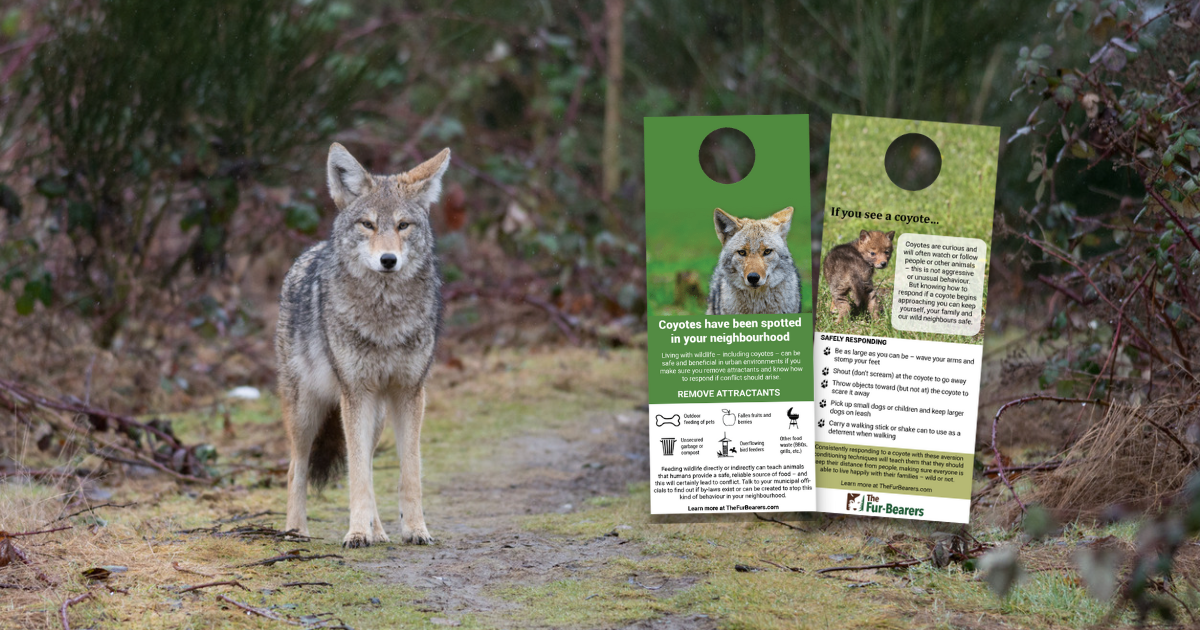
Primary photo by Harry Collins / Getty Images
The Fur-Bearers have educational tools available to help communities coexist with coyotes, including door hangers that residents can use to remind residents of the hazards of feeding wildlife and how to prevent such issues.
The door hangers, which are double-sided pamphlets cut to hang on a doorknob or handle, have specifics on what kind of attractants may bring coyotes closer to people and pets, what to do if you encounter a coyote in any situation, and more information on coexistence.
The Fur-Bearers also recommend residents consider learning more about coyotes through a variety of podcasts, myth-busting articles, and more. Scroll down to see the latest! Our friends at Coyote Watch Canada developed an online tool to learn more about coyotes with the City of Toronto, an excellent resource for anyone wanting to coexist nation wide. Click here to check it out.
Do you want door hangers for your community? Use this form and we’ll send you door hangers as fast as we can! Click here to get started.
Fast Facts On Wildlife Feeding & Other Attractants
- Coyotes who are fed by people increase their proximity tolerance: they’re more likely to take risks, cross busy roads, and even approach people directly.
- Just like domestic pets, feeding teaches coyotes that approaching people can be good, which leads to demand behaviour. In dogs this can be whining, begging, or otherwise engaging people directly. Coyotes may show demand behaviour by approaching people, nipping, or pawing at them. This behaviour typically leads to provincial or local authorities killing the animal.
- Indirect feeding of coyotes can also change their behaviours or encourage them to stay in areas otherwise not safe. This includes overflowing bird feeders, outdoor pet food, feeding other wildlife, and unsecured garbage or waste.
- Report feeding of wildlife in British Columbia, particularly coyotes, to the BC Conservation Officer Service (BCCOS) RAPP Line at 1-877-952-RAPP (7277).
- Feeding coyotes in British Columbia is illegal.
What To Do If You See A Coyote
- Coyotes live in ecosystems of all types, from rural to urban, across Canada. Typically, they will avoid people, and focus on their families.
- Never feed a coyote or other wild animal. This teaches them that people are a source for food and increases the likelihood that they will be involved in a negative encounter.
- If a coyote is following or watching during a walk through a trail or park, don’t panic. They are curious and will keep an eye on visitors near their homes.
- If a coyote approaches you, make yourself large, use a big voice to yell (but don’t scream) for the coyote to go away, and wave your arms. If you expect you may encounter coyotes on a walk, take a shake can, empty garbage bag, or umbrella with you; these items create unusual sounds and can help teach coyotes to keep their distance from people.
- Keep dogs leashed unless in specified off-leash areas, and keep cats indoors.
Dog Days of Summer crossword puzzle
Celebrate the dog days of summer with this crossword featuring clues about wolves, foxes, coyotes, and how animals beat the summer heat!
Urban coyote management requires community-based collaborative approaches
Dr. Valli Fraser-Celin reviews Cities and the Environment paper that indicates how communities can successfully coexist with coyotes.
Three behaviours people mistake for aggression in coyotes
It makes sense to feel worry - but understanding coyote behaviour can alleviate much of it!
Perceptions of Urban Coyotes in Ontario with Nicole Murphy + Dr. Stephanie Rutherford
Nicole Murphy, recipient of The Fur-Bearers' Science Scholarship, shares the results of her thesis project exploring perceptions of urban coyotes.
Science scholarship supports coyote research in Ontario
Nicole Murphy's research looks into how the public perceives coyotes, and how the media may impact these perceptions..
Know your neighbours: coyote safety
A few simple tips can help prevent negative issues from arising between people, pets and coyotes.
Coyotes in Spring: Do you need an escort?
There are many common misconceptions about coyotes - learn all about coexistence and what to do if you encounter a coyote.
The Fur-Bearers’ scholarship supports research on coyote coexistence
Graduate research contributes to coyote-human coexistence by examining people's attitudes and emotions toward coyotes.
